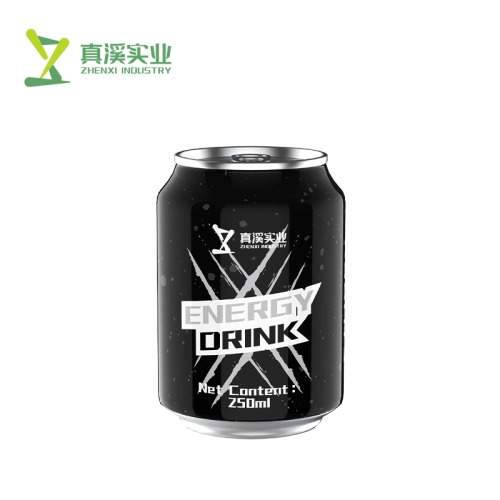One matter to ponder over when deciding how green soda cans are. The first comes because aluminum, the main material for soda cans can be easily recycled. Nearly 75 percent of all aluminum produced is still in use today, according to the Aluminum Association.
Aluminum recycling is the best efficiency of saving about 95% energy for aluminum that is currently been creating from raw materials. This substantial energy savings translates to reductions in greenhouse gas emissions. According to the Environmental Protection Agency (EPA) recycling one ton of aluminum saves 14,000 kWh of energy and prevents 10 metric tons of carbon dioxide emissions are not something we can just overlook.
Terms like "closed-loop recycling" are common when it comes to talking about soda cans. The recyclebale materials are used for a closed -loop recycling becoming part of either the same product it was initially, breaking down and reprocessed or in similar applications. As a result, aluminum is one of the standout material options when it comes to achieving this goal with packaging.
Aluminum Can Recycling Has Economic Impact The US recycling industry, which in 2019 produced some $110 billion worth of economic activity largely courtesy of the role played by aluminum recycling. The Institute of Scrap Industries Recycling (ISRI) puts recycling jobs at 531,500 in the U.S., giving a sense of economic scale.
One exemplary soda can recycling record is held by Brazil with a 98% aluminum can recycle rate, the highest in the world Its success is largely due to strong recycling programs and public education efforts, providing an example for other nations to follow.

One of the simplest and yet most effective ways to conserve resources and reduce environmental damage is simply by recycling," said Dr. David Suzuki, world-renowned scientist &leading authority on global warming. The importance of aluminum can recycling in the wider picture or environmental conservation is pointed out by this quote.
The EPA says its recycling rates for soda cans in the U.S. are around 50%. It is a good percentage but shows that it can be better as well. This would increase the eco-friendliness of soda cans even more. Recycled aluminum has significant financial incentives to recycle as well, since producing recycled aluminum requires less energy compared with virgin (raw) material however fewer waste/recycling centers are available which makes it hard for collectors.
Critics might observe that making aluminum melts a huge amount of energy and which is polluting. Mining and refining bauxite, the raw material for aluminum production require active (and significant) energy input and environmental impacts. But the aluminum is highly recyclable, so those concerns about its lifecycle -- mitigated.
Now favourite recipes in soda cans over plastic bottles, which have a worse environmental footprint. According to the World Economic Forum, more than 8 million tons of plastics are dumped at the oceans each year causing a grave harm on global scale. Aluminum cans carry less impact on the environment of ocean life, which is important as plastic can have a disastrous effect.
How green soda cans are also comes down to transport efficiency. Another advantage is that it costs less to ship a lightweight aluminum can compared with the weightier glass container. The compact size and stackability of metal soda cans make them efficient for storage or refrigeration as well,
In conclusion, while no packaging material is perfect for the environment, soda cans are unique in their 100 percent recyclable aluminum materials and energy efficiency when it comes to recycling. Attempts will be continued to reduce recycling rates and improve production efficiency, helping soda cans become even more eco-friendly.
More articles provide further environmental benefits of soda cans, sustainable living and other related topics; visit Soda Cans to learn more.